Regulatory Compliance
The Flange Market is also driven by stringent regulatory compliance requirements across multiple sectors. Industries such as oil and gas, chemical processing, and water treatment are subject to rigorous safety and environmental regulations, which necessitate the use of high-quality flanges that meet specific standards. Compliance with these regulations not only ensures safety but also enhances operational efficiency. For instance, the American Society of Mechanical Engineers (ASME) sets standards for flanges used in pressure vessels and piping systems. As companies strive to adhere to these regulations, the demand for certified flanges is likely to increase, thereby positively impacting the Flange Market.
Energy Sector Expansion
The Flange Market is significantly influenced by the expansion of the energy sector, particularly in oil and gas exploration and production. As energy demands rise, companies are investing in new facilities and upgrading existing ones, which often requires the installation of flanges in pipelines and equipment. The International Energy Agency indicates that global energy demand could increase by 30% by 2040, necessitating the use of reliable flange solutions. Additionally, the shift towards renewable energy sources, such as wind and solar, also requires specialized flanges for various applications. This dual demand from traditional and renewable energy sectors is likely to bolster the Flange Market in the coming years.
Rising Industrialization
The Flange Market is witnessing growth driven by rising industrialization in emerging economies. As countries develop their manufacturing capabilities, there is an increasing need for reliable piping systems, which often incorporate flanges. The World Bank projects that industrial output in developing nations could grow by over 6% annually, leading to heightened demand for flanges in various applications, including chemical processing and power generation. This trend is further supported by government initiatives aimed at boosting industrial growth, which may include investments in infrastructure and manufacturing facilities. Consequently, the Flange Market is likely to benefit from this industrial expansion, as flanges are essential components in many industrial processes.
Technological Innovations
Technological innovations are reshaping the Flange Market, as manufacturers adopt advanced materials and production techniques to enhance flange performance. Innovations such as 3D printing and improved metallurgy are enabling the production of flanges that are lighter, stronger, and more resistant to corrosion. This is particularly relevant in industries such as aerospace and automotive, where weight reduction is crucial. Furthermore, the integration of smart technologies into flange design, such as sensors for monitoring pressure and temperature, is expected to create new opportunities within the Flange Market. As these technologies become more prevalent, they may lead to increased efficiency and safety in various applications.
Infrastructure Development
The Flange Market is experiencing a notable surge due to extensive infrastructure development projects across various sectors. Governments and private entities are investing heavily in the construction of roads, bridges, and buildings, which necessitates the use of flanges for piping and structural applications. For instance, the construction sector is projected to grow at a compound annual growth rate of approximately 5.5% over the next few years, driving demand for flanges. This growth is further fueled by urbanization trends, as more cities expand and require robust infrastructure. Consequently, the Flange Market is poised to benefit from these developments, as flanges play a critical role in ensuring the integrity and safety of infrastructure projects.


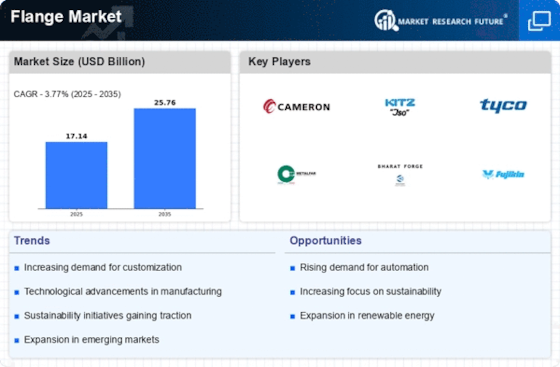
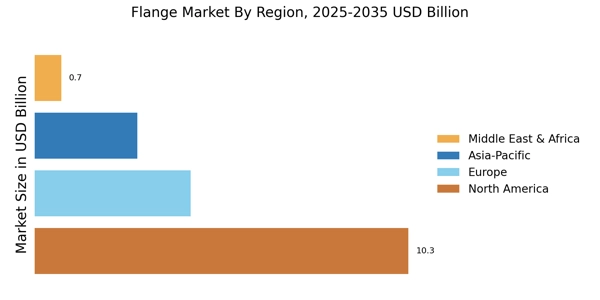
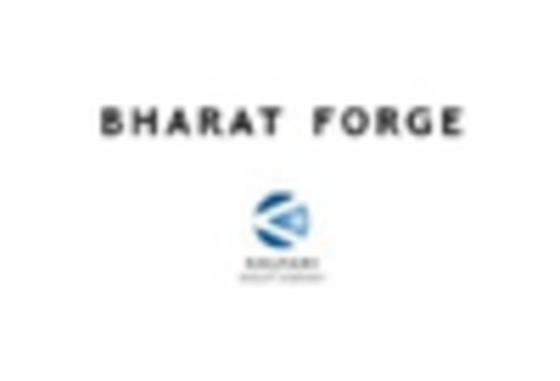
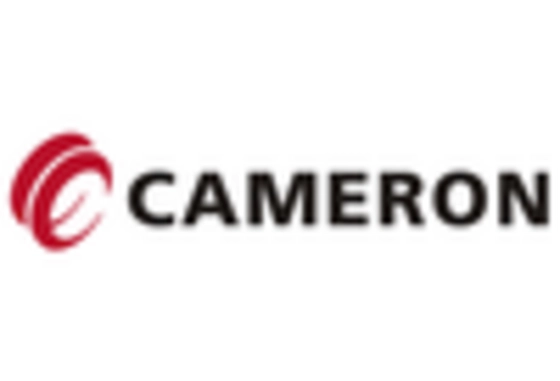
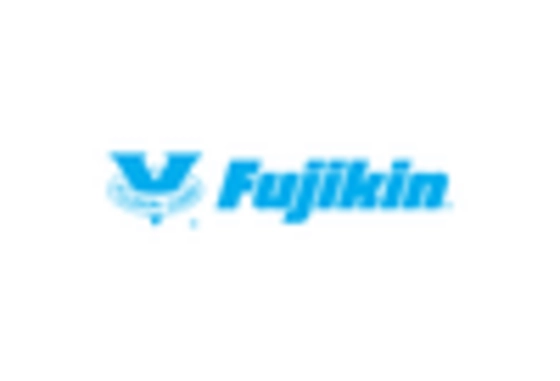
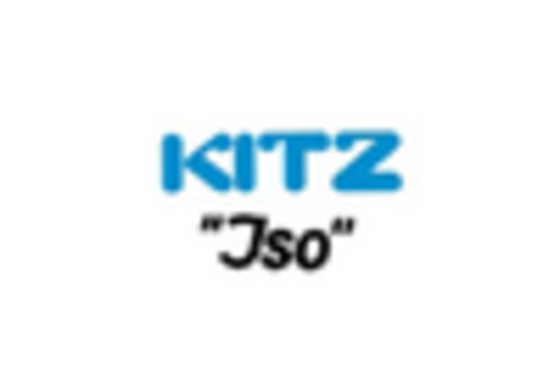
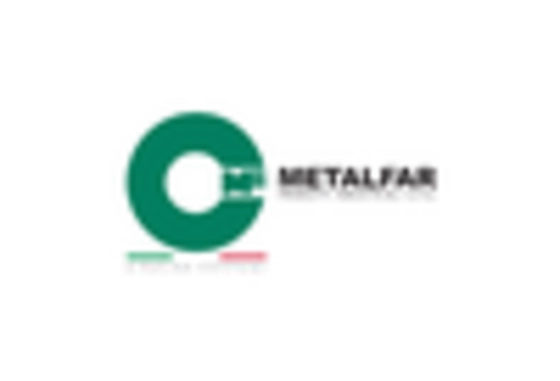
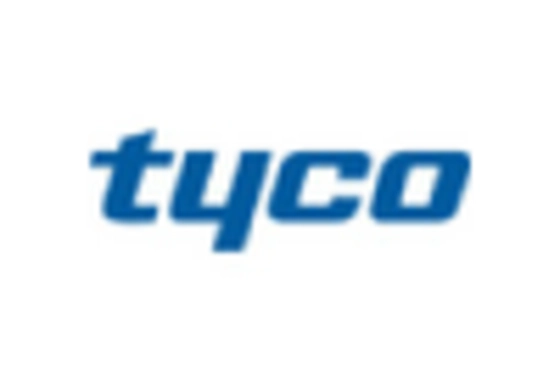








Leave a Comment